Bolen High
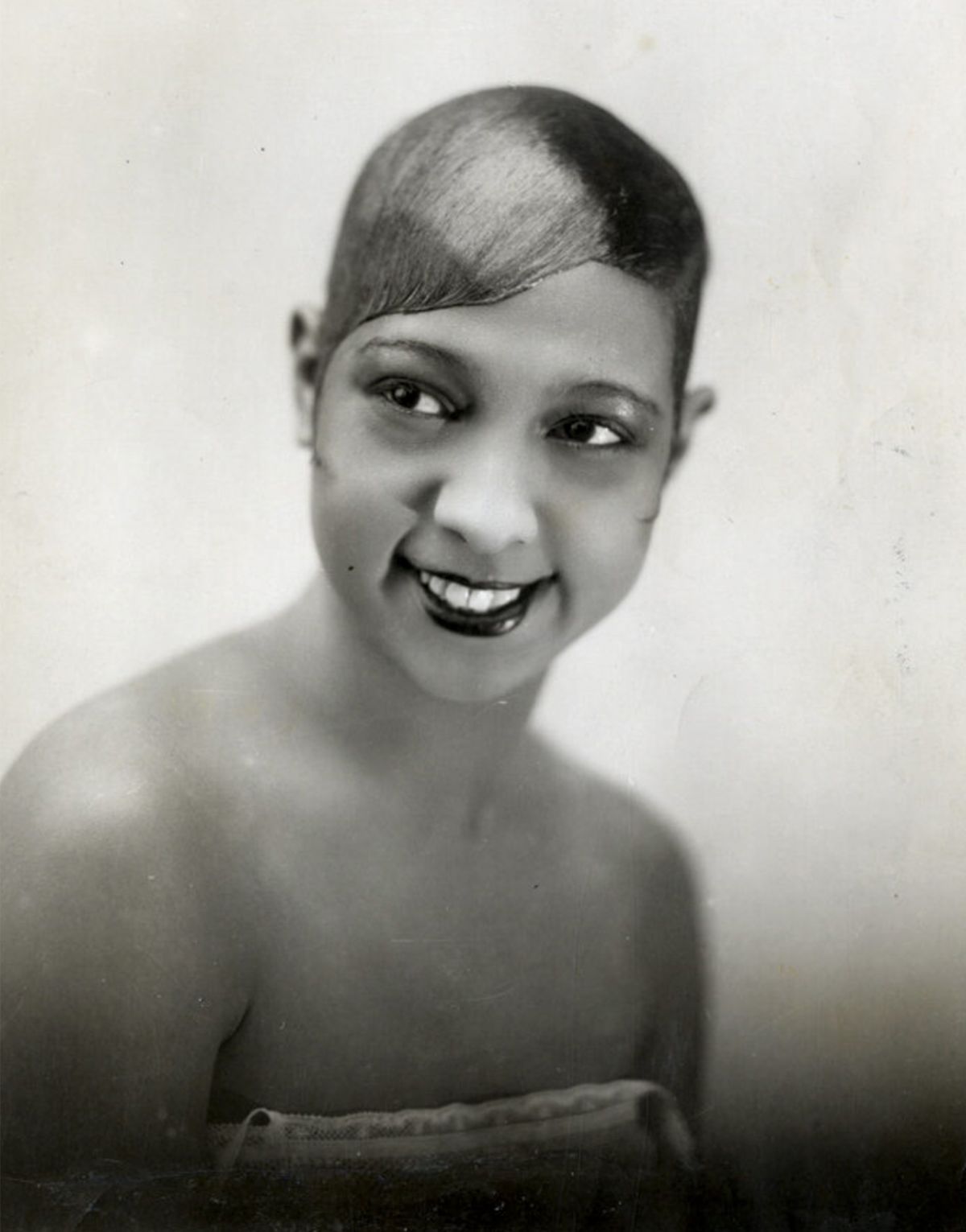
Josephine Baker – An African-American in Paris
THE ABOVE PHOTOGRAPH: Paris: Henri Manuel, (1927). Vintage original 9 1/2 x 7″ (24 x 18 cm.) black-and-white print still photo, France. Photo has on verso a stamp of photographer Henri Manuel and a 1927 date stamp, NEAR FINE.
Joséphine Baker (born Freda Josephine McDonald; naturalized Fre…
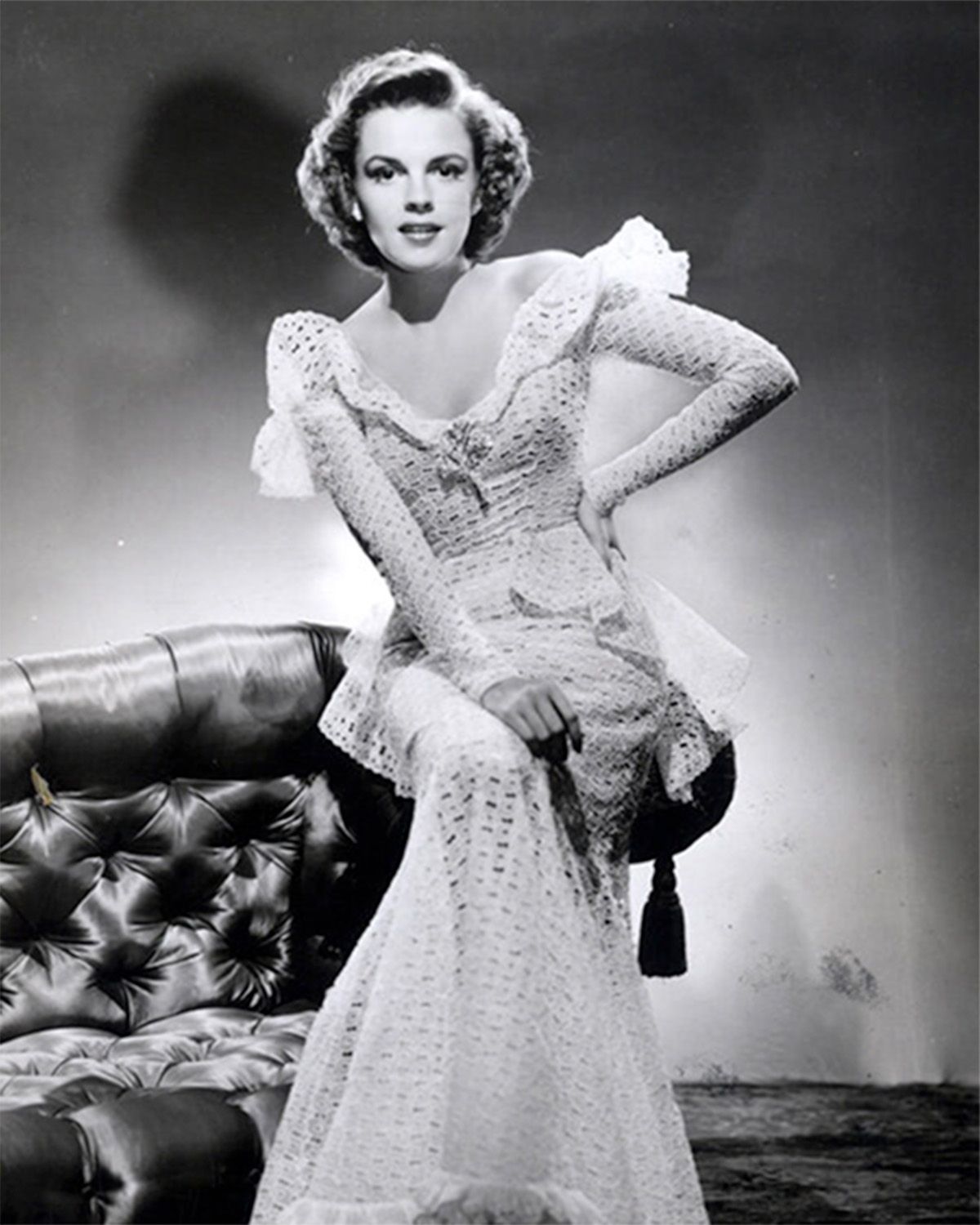
Judy Garland @ 100
A major moment of movie memorable as well as an important birthday for one very famous female vocalist happened this year. Judy Garland (born Frances Ethel Gumm on the 10th of June 1922) turned 100. In honor of her centennial birthday, celebrations have taken place across the United Sta…

Derek Jarman – Gay British Film Maker
In celebration Gay Pride 2022, Walter Film is highlighting Derek Jarman (1942-1994), one of the preeminent gay filmmakers of the late Twentieth Century, and one of the great names in British “queer (as it was known)” cinema. From the time of his feature film, SEBASTIANE (which rendered the story o…
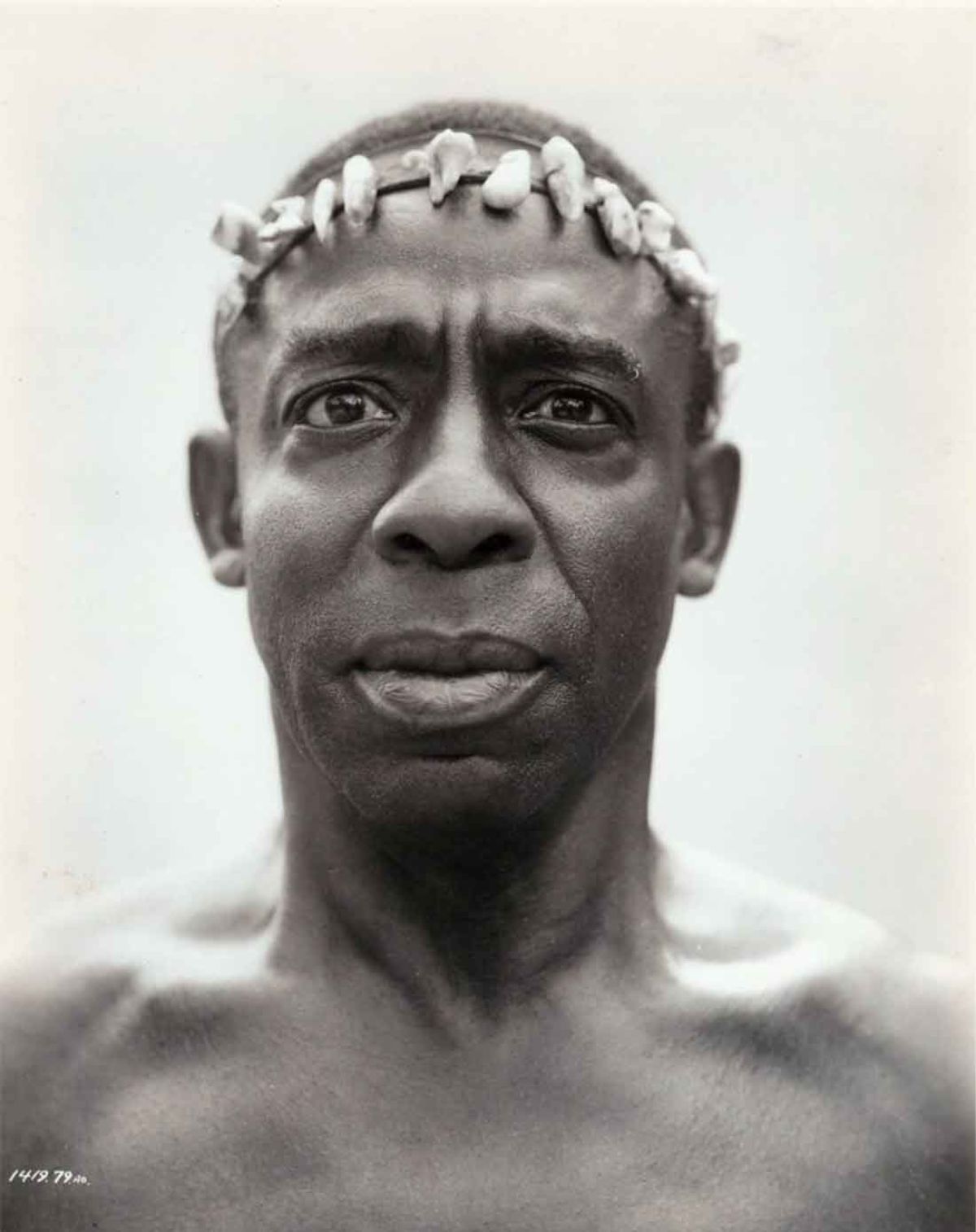
Clarence Muse – America’s First Black Movie Star
| African American Movie Memorabilia, African Americana, Black History, Featured, Film & Movie Star Photographs, Movie Memorabilia, Movie Posters
Clarence Muse (October 14, 1889 – October 13, 1979) was an African American actor, screenwriter, director, singer, and composer. He was the first African American to appear in a starring role in a film, 1929’s Hearts in Dixie. He acted for 50 years and appeared in more than 150…
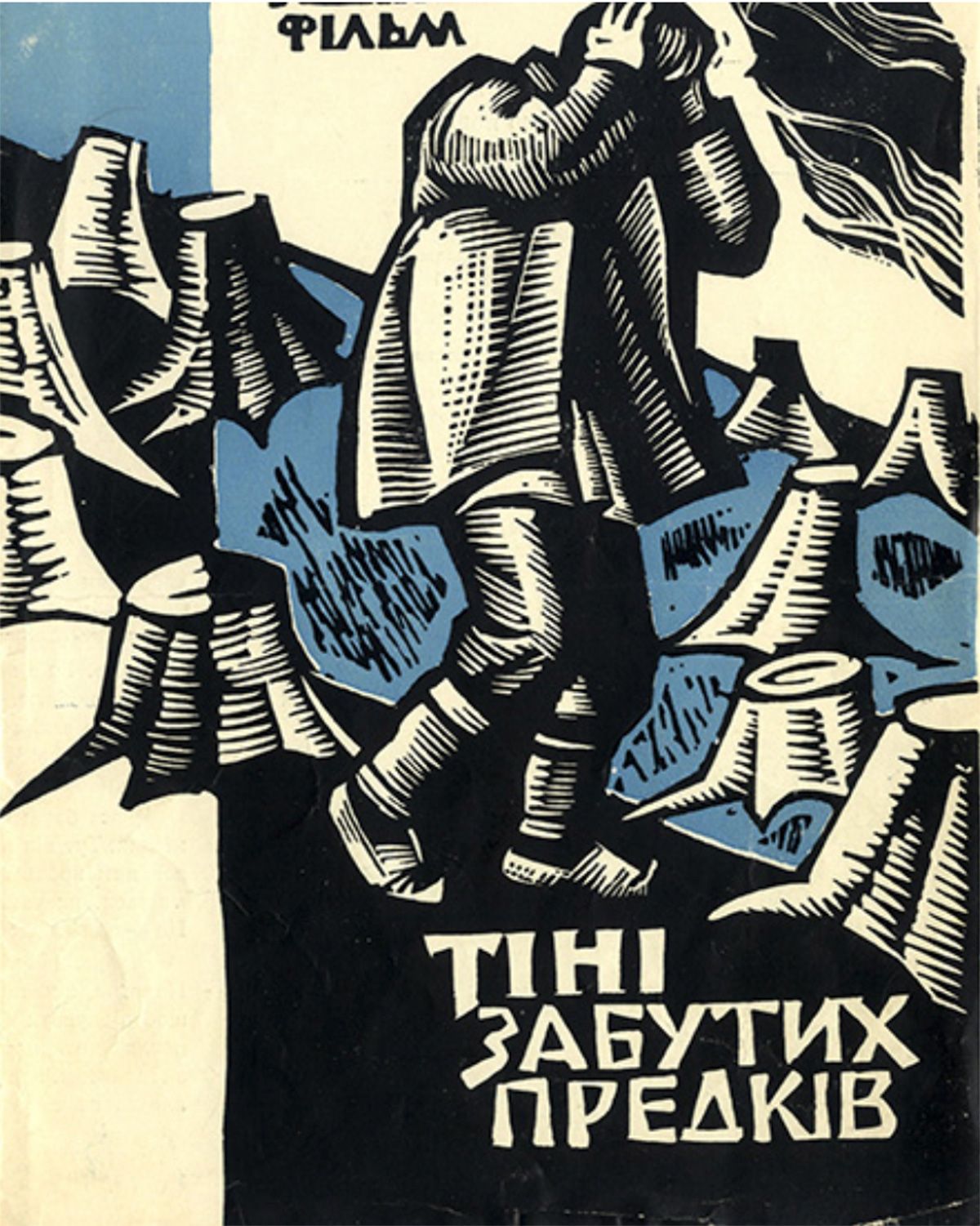
Sergei Parajanov – Visionary Ukrainian Film Director
As the war in Ukraine surges on and Russia does its best to subjugate or, if that doesn’t work, wipe out the Ukrainians and their culture, it’s worth noting that the Soviet Union did it’s best to do something similar to Sergei Parajanov in the 1960s – 1980s.
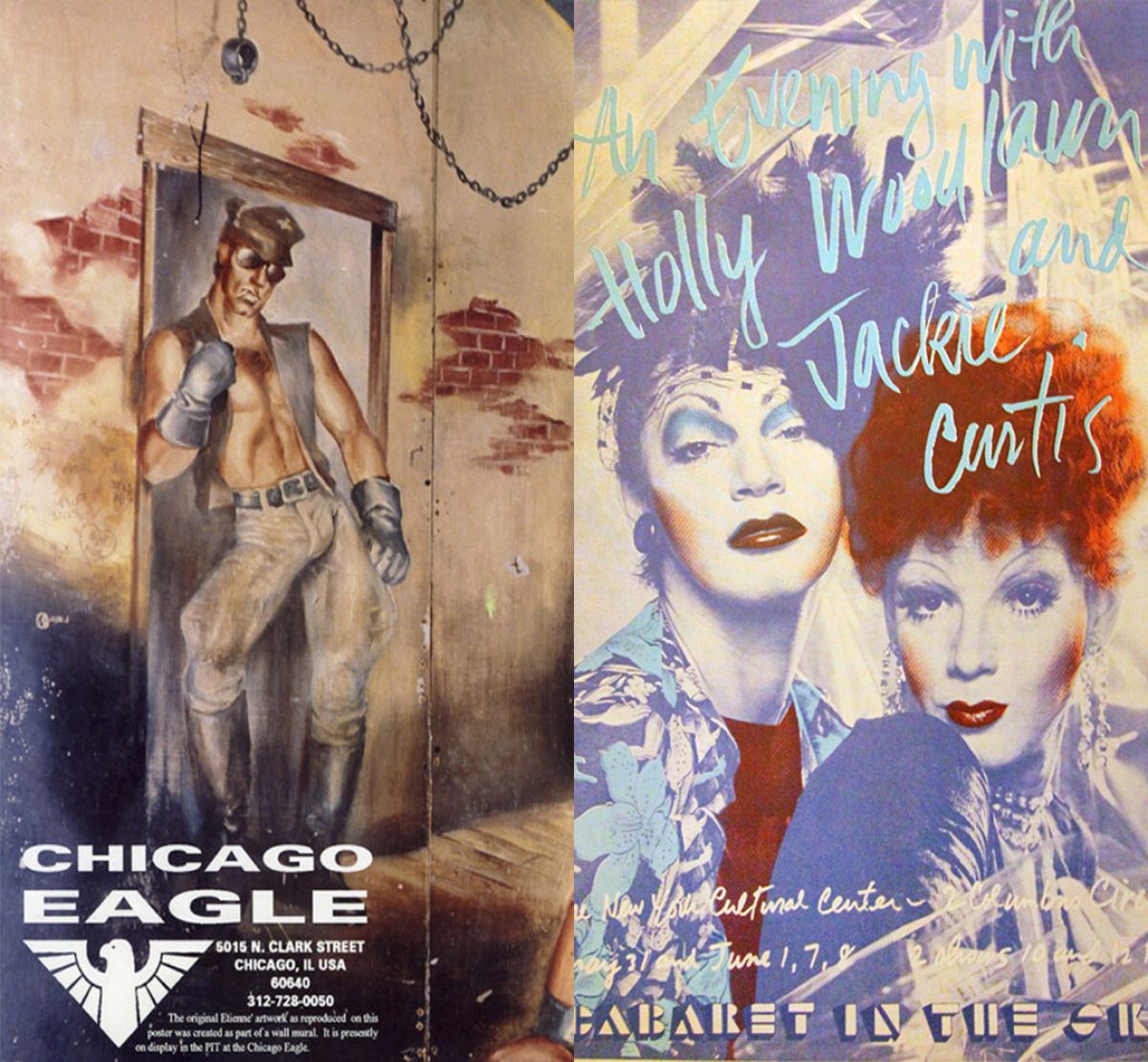
From Beefcake to Drag
In today’s LGBTQ community the gay male has two aspects of his personality that might be considered by some as somewhat outré: “drag or drag queens – men dressing as women” and “beefcake males – hyper-muscular men.” Their true origins date from the ancient Greeks where the muscular male…
Recent Posts
Categories
- African American Movie Memorabilia
- African Americana
- Black History
- Celebrating Women’s HistoryI Film
- Celebrity Photographs
- Current Exhibit
- Famous Female Vocalists
- Famous Hollywood Portrait Photographers
- Featured
- Film & Movie Star Photographs
- Film Noir
- Film Scripts
- Hollywood History
- Jazz Singers & Musicians
- LGBTQ Cultural History
- LGBTQ Theater History
- Lobby Cards
- Movie Memorabilia
- Movie Posters
- New York Book Fair
- Pressbooks
- Scene Stills
- Star Power
- Vintage Original Horror Film Photographs
- Vintage Original Movie Scripts & Books
- Vintage Original Publicity Photographs
- Vintage Original Studio Photographs
- WalterFilm
Archives
